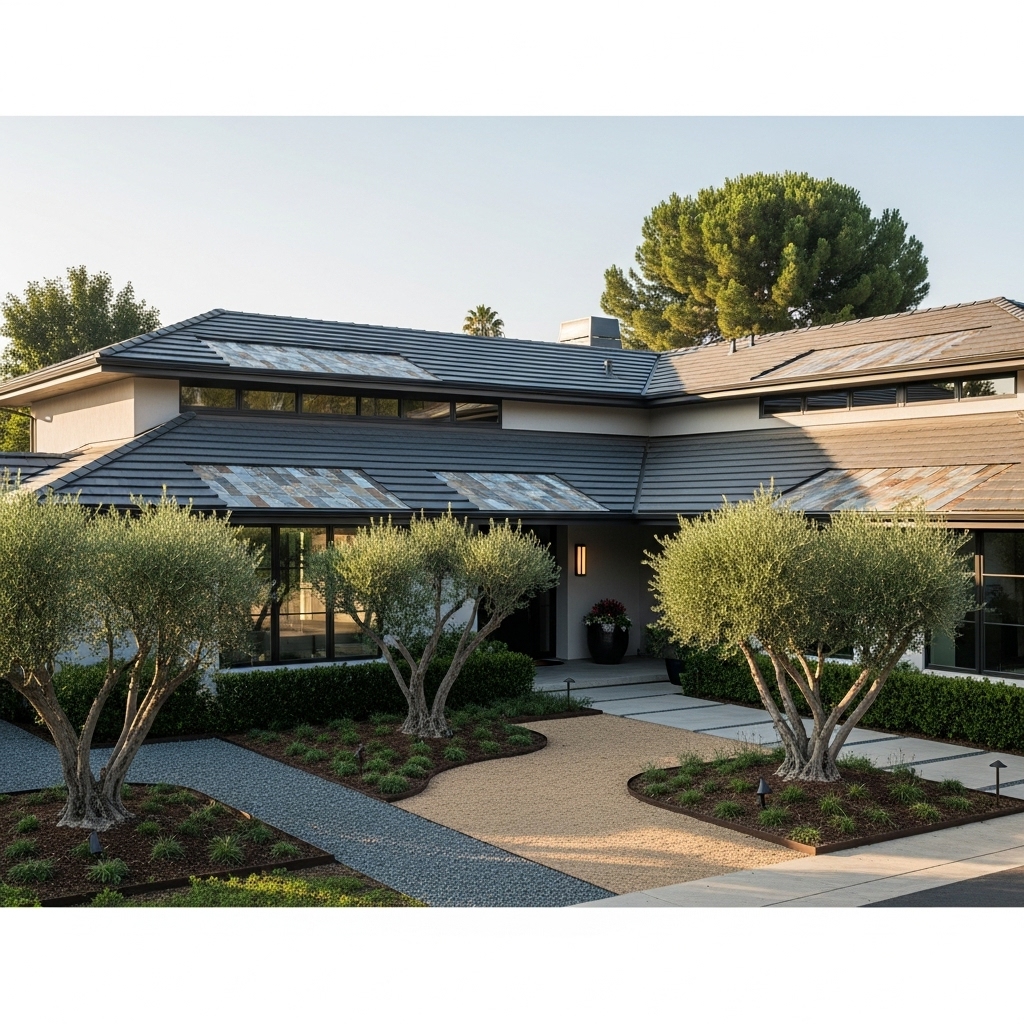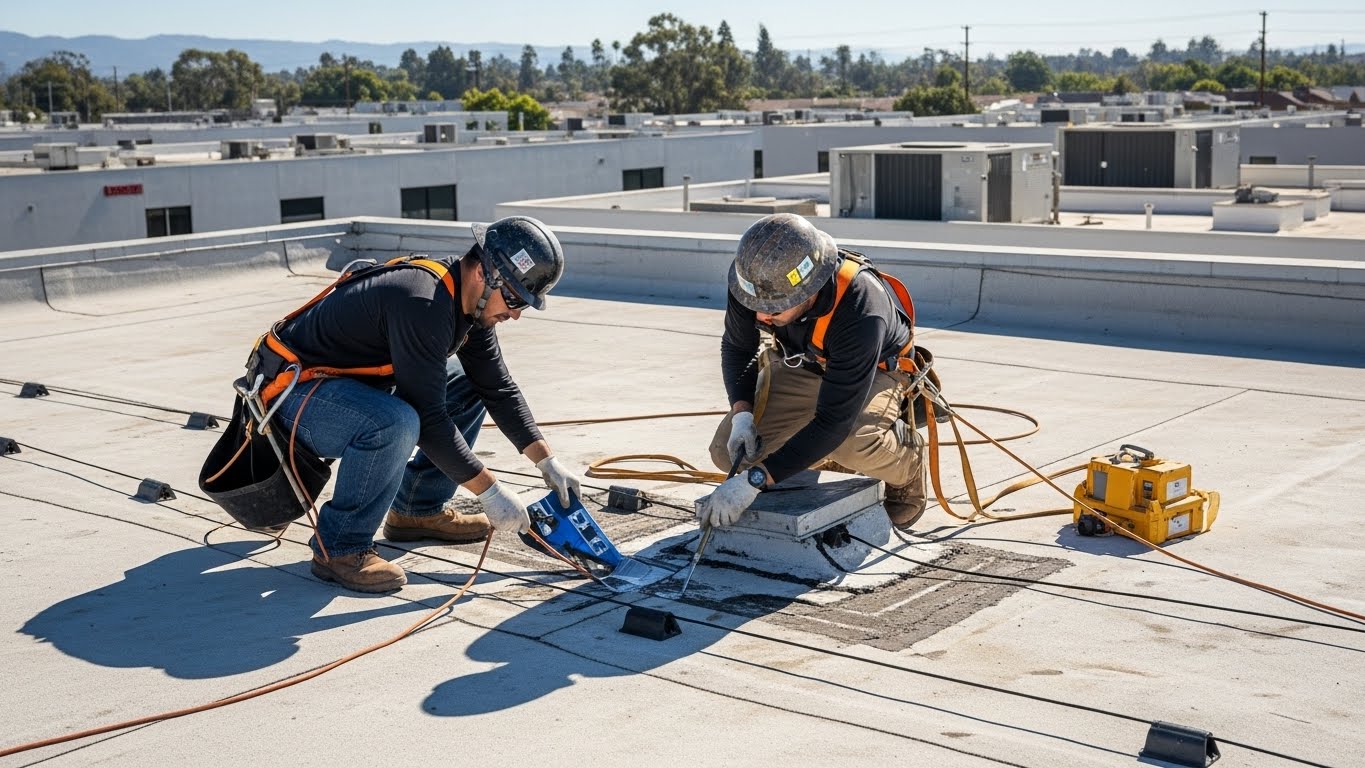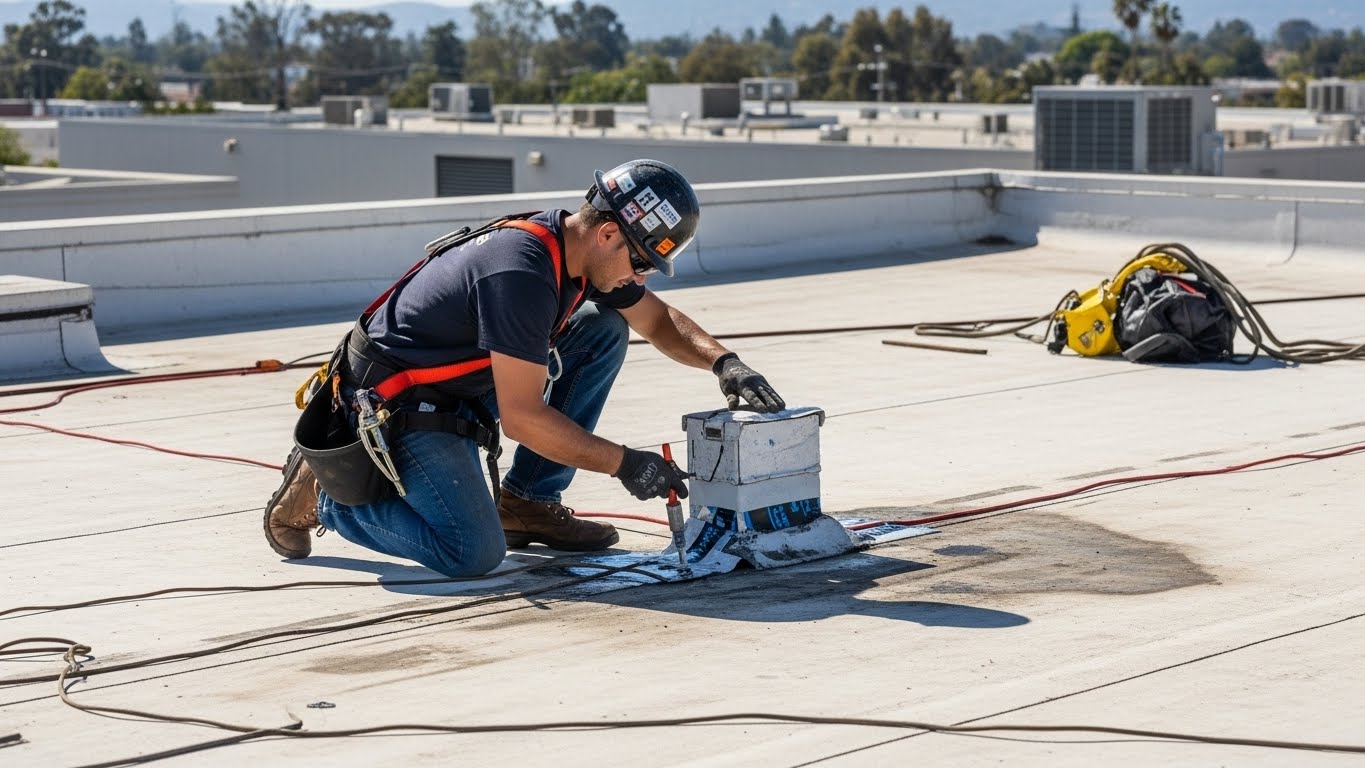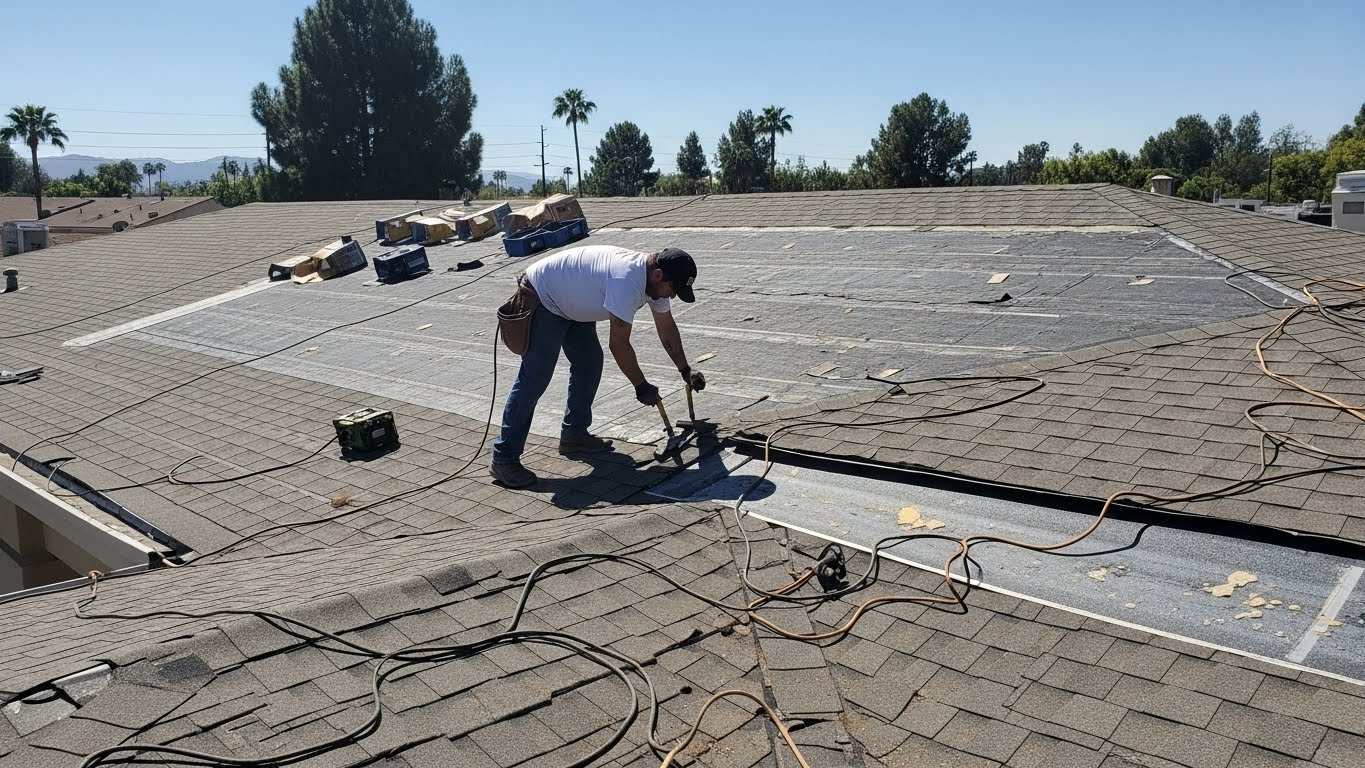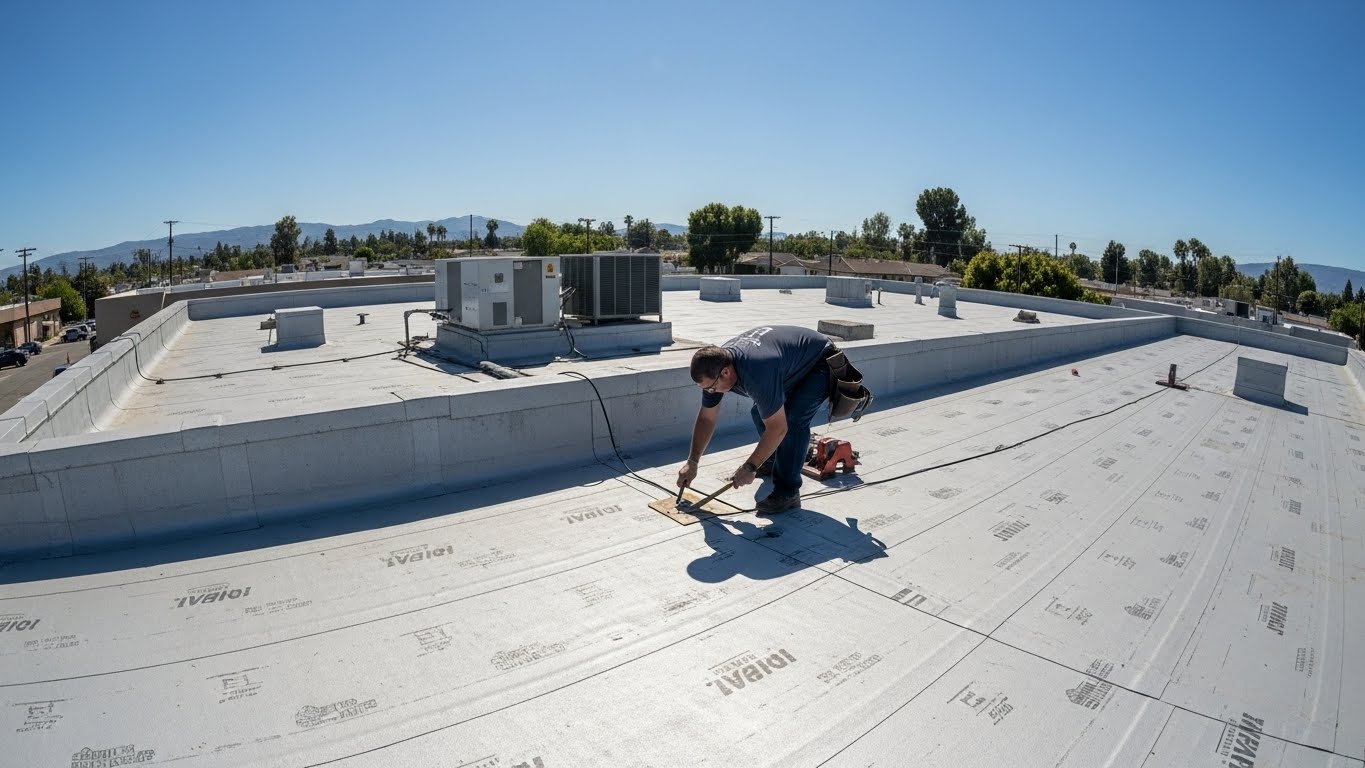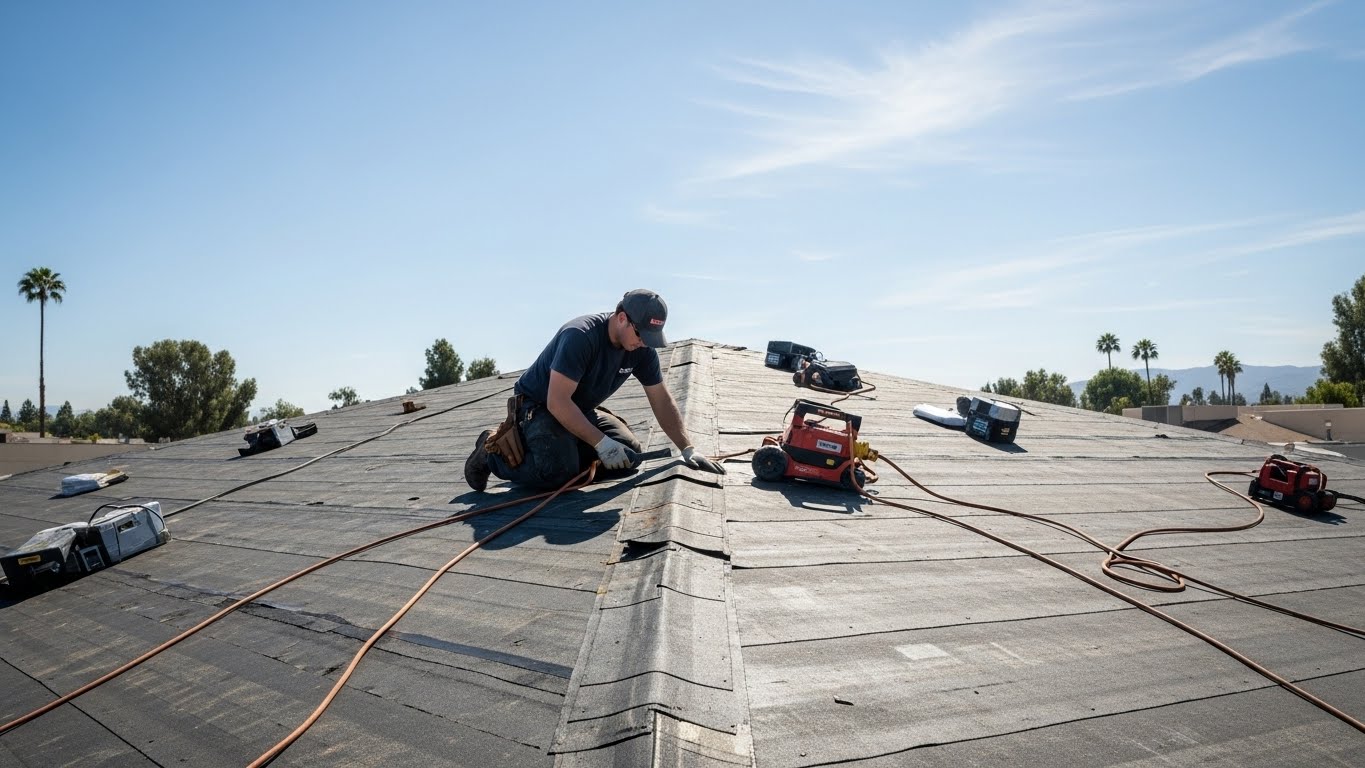Tarzana’s Changing Rooflines
Take an evening walk through Tarzana and you will notice something subtle but unmistakable: rooflines are getting sharper, colors are more refined, and textures are being used with a lighter hand. The shift is tied to a broader embrace of performance-driven materials that still honor the Valley’s relaxed elegance. At the center of this conversation is metal roofing, a category that has moved from niche to mainstream as homeowners combine design ambition with practical needs like wildfire resilience and energy efficiency.
In neighborhoods from Melody Acres to the foothills flanking the 101, metal is appearing on remodels, second-story additions, and backyard ADUs. The appeal runs deeper than trend-chasing. Metal’s crisp lines anchor modern facades, while its chameleon-like profiles allow traditional homes to retain their charm. The result is a streetscape that feels both contemporary and rooted—Tarzana as it has always been, but with a future-ready silhouette.
Standing Seam as a Modern Classic
One of the most visible trends is the rise of standing seam metal, which frames homes with continuous vertical lines that read clean and intentional. On mid-century ranches, it sharpens long, low profiles; on contemporary builds, it amplifies geometry and shadow play. Homeowners love the way seams create rhythm across the roof plane, and installers appreciate the system’s performance: concealed fasteners, floating clips to manage thermal movement, and panels that lock together with engineered precision.
Color choice is key. Matte charcoals and soft grays pair beautifully with white stucco and warm wood accents, while lighter reflective tones provide cool-roof performance without washing out under the Tarzana sun. The emerging favorite is a nuanced, low-sheen finish that minimizes glare yet retains excellent reflectivity, giving you comfort and visual calm.
Stone-Coated Steel with Tile Charisma
Many Tarzana homes were built with clay or concrete tiles, and owners often want to preserve that familiar Spanish or Mediterranean look. Stone-coated steel offers a compelling middle path, capturing the texture of tile while trimming the structural weight. The reduction in dead load is especially welcome on older framing or on complex roofs with long spans. Updated color blends skew slightly cooler without losing the warmth that defines traditional facades, so curb appeal reads authentic even as performance takes a big step forward.
Because the substrate is steel, these systems bring improved wind resistance and strong fire performance, aligning with neighborhood goals in high-wind and ember-prone seasons. For homeowners who want the soul of tile with the smarts of metal, this trend fits like a glove.
Cool Colors and Matte Finishes
Cool-roof technology is not new, but the way it shows up aesthetically is evolving. The trend in Tarzana is toward matte finishes that tame reflections while still delivering high solar reflectance. Think pale pewter, light slate, and muted sandstone—colors that lift roof temperatures down without drawing undue attention. Under our bright skies, these finishes bring a sophisticated stillness to the roof plane and harmonize with drought-tolerant landscapes and painted stucco exteriors.
The long-term payoff is stability. High-quality coatings resist chalking and fading, which means the color you choose this year will still look intentional a decade from now. That consistency reinforces the sense of investment-grade design rather than a passing fad.
Solar-Ready from the Start
Another trend shaping roof decisions is the embrace of solar from day one. With energy policy nudging electrification and homeowners eyeing battery systems, aligning the roof with solar is a strategic move. Standing seam systems allow clamp-on PV mounts that keep penetrations to a minimum, protecting weather integrity and streamlining the install. Even stone-coated steel has compatible attachment solutions that respect both the roof and the array.
The aesthetic trend here is integration. Instead of treating solar as an aftermarket bolt-on, Tarzana homeowners are designing roof planes and array layouts together. The result is a clean, purposeful look that balances performance with curb appeal, especially on street-facing slopes.
Low-Profile Edges and Clean Detailing
Edges are where roofs whisper their quality. Minimalist drip edges, snug fascia transitions, and tightly wrapped skylight curbs are all on-trend in Tarzana. These details matter not only for looks but for weather performance during wind-driven rain. Flush-mounted solar conduits, neatly flashed plumbing vents, and ridge lines that sit low and tight create a finished composition that reads custom. When you see a metal roof that simply looks “right,” you are often responding to this choreography of small moves.
Craftsmanship is the story behind the story. Homeowners are increasingly asking to see mockups of edge conditions and requesting metal samples in the exact finish and profile under consideration. It is a smart approach that pays dividends every time you drive up to the house.
Wildfire-Hardening as Design Ethic
Fire resilience is no longer a footnote; it is a design driver. Tarzana residents value noncombustible roof surfaces, ember-resistant vents, and closed ridge details, but they also want a roof that looks beautiful. Metal answers both calls, delivering a Class A assembly while supporting a refined palette of forms and colors. The trend is to make safety invisible: to embed protection in a roof that looks effortless.
This ethic extends to surrounding details. Homeowners are pairing metal roofs with fiber-cement soffits, tempered glass skylights, and metal-clad gutters, creating a holistic envelope that respects both aesthetics and readiness.
Mixed-Material Compositions
Blending materials is another Tarzana trend, executed with care to avoid galvanic conflicts and ensure clean transitions. You might see standing seam on the main body of a home with a stone-coated profile over a front porch, or metal on primary slopes with an accent section of cedar or synthetic shake for texture. The design goal is contrast-with-cohesion: materials that talk to each other without shouting.
When mixing, smart detailing rules the day. Separation where dissimilar metals could react, thoughtful water management at transitions, and color coordination keep the composition fresh and durable. This is where a seasoned installer’s eye becomes invaluable.
Hidden Gutters and Water Management
As storms have gotten spikier, water management has earned new respect. Hidden or built-in gutters are trending on contemporary homes, and metal roofing adapts well to these systems when designed early. The key is disciplined detailing: proper slope, robust liners, and access for maintenance. On more traditional homes, oversized downspouts and splash management are being integrated from the start so that sudden downpours do not surprise an otherwise composed exterior.
Good water design is felt, not seen. When the first major storm of the season arrives and you hear steady flows instead of gurgling overflows, you appreciate how the roof and drainage work together.
ADUs and Smart Small-Roof Design
Accessory Dwelling Units have blossomed across Tarzana, and their compact roofs showcase metal’s agility. On small structures, the crispness of standing seam or the tailored look of a low-profile metal shingle can be the finishing move that makes the backyard cottage feel finished and intentional. Because ADUs often incorporate solar and battery storage, choosing a roof that accommodates clean, non-penetrating mounts aligns architecture with function from the outset.
Acoustics are part of the conversation too. ADUs used as offices or studios benefit from the sound-dampening that comes from solid decking, quality underlayment, and attic insulation—a combination that yields the quiet focus people seek in backyard spaces.
Color Stories Tied to Landscape
Tarzana’s evolving landscape design—native grasses, olive trees, decomposed granite, and modern xeriscapes—has influenced roof color choices. Homeowners are gravitating to nature-referential hues that pull the yard up to the eaves: sage-adjacent greens for bolder statements, but more often soft grays and stone tones that sit comfortably under our bright sky. The trend is restraint, using color to calm rather than to compete, which lets architectural lines and shadow do the expressive work.
In the long run, these understated palettes age gracefully, resisting the fad cycle and giving your home the timeless quality that sustains value.
Technology in Service of Longevity
Behind the aesthetics, material science is quietly advancing. Coatings with improved UV blockers, high-temperature underlayments that shrug off attic heat, and clips designed to manage thermal expansion along sun-baked slopes are now standard kit for quality installations. Homeowners may never see these components, but they feel the benefits when the roof remains tight, quiet, and beautiful year after year.
Some homeowners are also exploring smart sensors in attics to monitor temperature and humidity, giving early warning of ventilation issues or unexpected moisture. While still a niche, this technology-forward trend pairs naturally with a high-performance metal roof.
From Trend to Practice: What It Means for You
Trends only matter if they make life better. In Tarzana, the shift toward metal roofing has done exactly that by combining climate resilience with crafted design. Roofs run cooler, homes feel safer during wind events, and curb appeal gains clarity and intention. Perhaps the biggest win is how quietly these roofs do their work—they simply settle in, reflecting heat, shedding water, and standing guard as seasons turn.
As you consider your own project, use trends as a lens, not a rulebook. Focus on how a given profile meets your home’s architecture, how a finish behaves under our sun, and how details will age on your specific street. When those elements line up, the roof stops being a worry and becomes a pleasure.
Frequently Asked Questions
Q: Are matte finishes really better for our bright climate? A: Matte finishes reduce glare while maintaining high reflectance in cool-roof colors, delivering comfort without a shiny look under Tarzana’s intense sun.
Q: Will stone-coated steel look authentic next to real tile? A: Quality stone-coated profiles read convincingly from the curb and lighten structural loads while improving wind and fire performance.
Q: Can I mix different metal profiles on one home? A: Yes, with careful detailing and color coordination. Work with an installer who understands transitions and how to separate dissimilar metals to avoid reactions.
Q: How do standing seam roofs handle thermal movement? A: Floating clips and engineered seams allow panels to expand and contract without stressing fasteners, which is vital on long, sun-exposed slopes.
Q: Are hidden gutters a good idea with metal? A: They can be excellent when designed early with proper slope, liners, and access. Routine maintenance is important to keep them performing.
Q: Will a metal roof make rain louder in my ADU or home office? A: Over solid decking with underlayment and insulation, interior rain noise is comparable to other roof types and often pleasantly muted.
Q: Which colors stay truest over time? A: High-quality coatings with UV-resistant pigments maintain color stability and resist chalking, preserving both performance and aesthetics.
Ready to translate these trends into a roof that fits your home, block, and lifestyle? Let’s talk profiles, finishes, and details that will look good on day one and better on day one thousand. For guidance grounded in local know-how and access to leading systems, explore your options in metal roofing and move forward with confidence.

